Prefabricated Industrial Sheds: An Overview
Prefabricated industrial sheds represent a category of engineered buildings designed for various industrial applications. These structures are crafted off-site in controlled factory environments, ensuring precision and efficiency. The design of these sheds typically includes a framework of steel columns and beams that support the roof and walls, providing a robust and durable space for industrial activities.
Structural Composition and Materials
The anatomy of industrial steel structures is a testament to modern engineering. At their core, these buildings are supported by sturdy columns made from materials such as angle steel, steel pipe, or hot-rolled H beams. The roofing system is often supported by purlins, which are horizontal beams providing additional support. Covering the skeleton of these sheds are walls and roofs constructed from either corrugated steel sheets or sandwich panels. The latter are preferred for their excellent insulation properties, offering layers that work to mitigate heat transfer and dampen sound.
Design Flexibility and Customization
Design flexibility is a hallmark of modular industrial sheds. These structures can be tailored to meet specific requirements, with a variety of roofing styles such as flat, single slope, or arched configurations. Customization extends to the entire structure, allowing adaptation to the environmental conditions of the installation site. Furthermore, the aesthetic aspect is not overlooked, with a range of designs and colors available to suit the visual preferences of any business.
Functional Features and Durability
Steel framed industrial buildings are equipped with functional features that enhance their usability. This includes integrated gutters and downpipes for effective rainwater management, as well as natural ventilation systems. To ensure longevity, the steel components are typically galvanized or painted, providing resistance to corrosion. Additionally, many manufacturers prioritize the use of fire-resistant materials to enhance the safety of the structure.
Environmental Resistance
The resilience of prefabricated metal buildings is one of their most significant advantages. These structures are engineered to withstand a variety of natural challenges, including seismic events and high-velocity winds. The robustness of their construction means that they can be rated for earthquake resistance up to grade 9 and can endure wind speeds of up to 180km/h, making them a reliable choice for regions prone to such natural phenomena.
Assembly and Installation
The assembly process of prefabricated steel structures is streamlined due to their off-site construction. Once manufactured, they are transported to the site for assembly. This method of construction not only reduces the time spent on-site but also minimizes the potential for errors during the building process, ensuring a high level of quality control from start to finish.





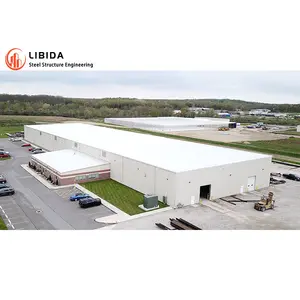

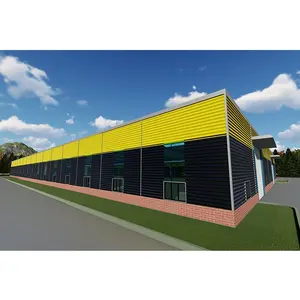


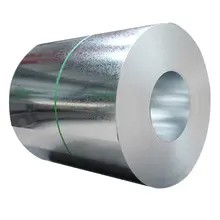



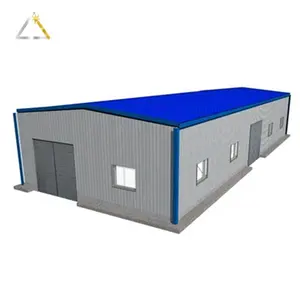



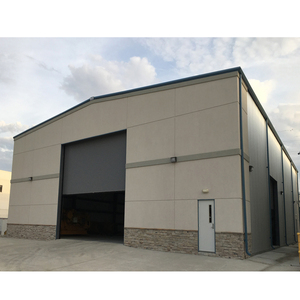















 浙公网安备 33010002000092号
浙公网安备 33010002000092号 浙B2-20120091-4
浙B2-20120091-4